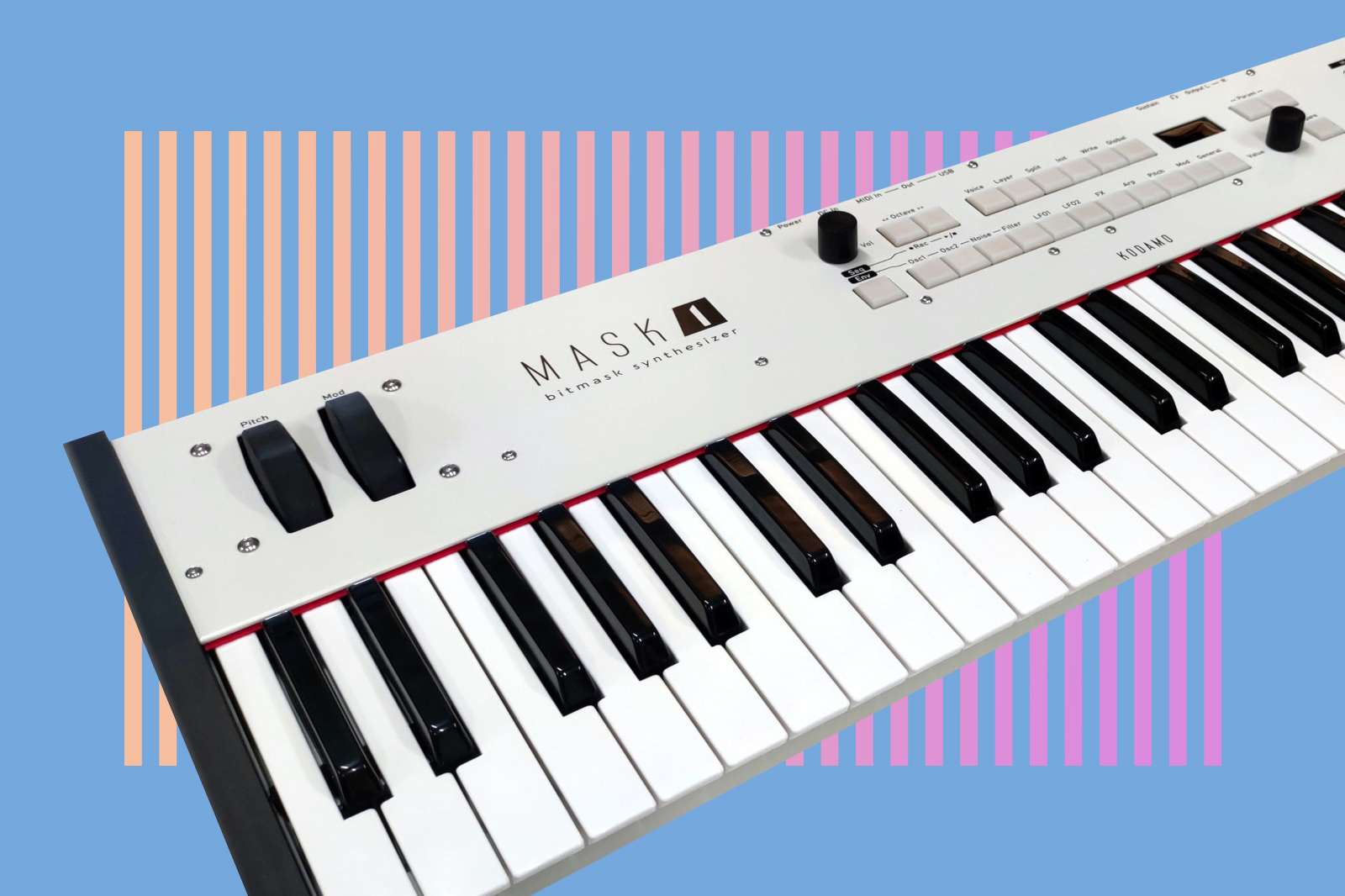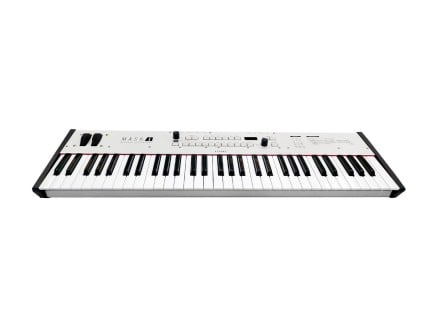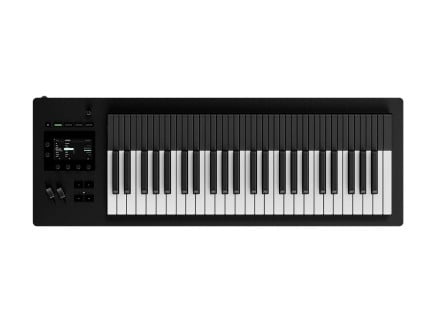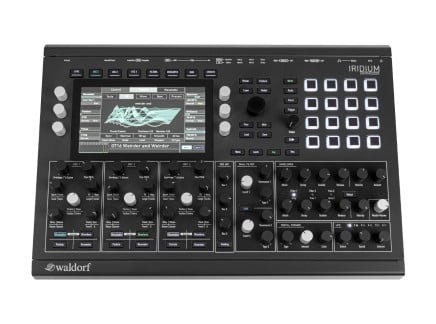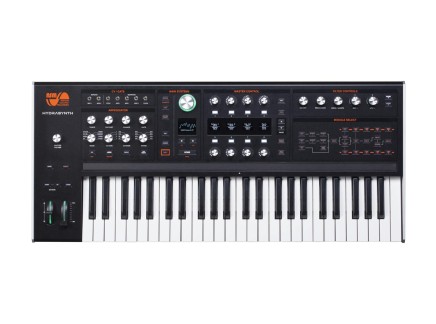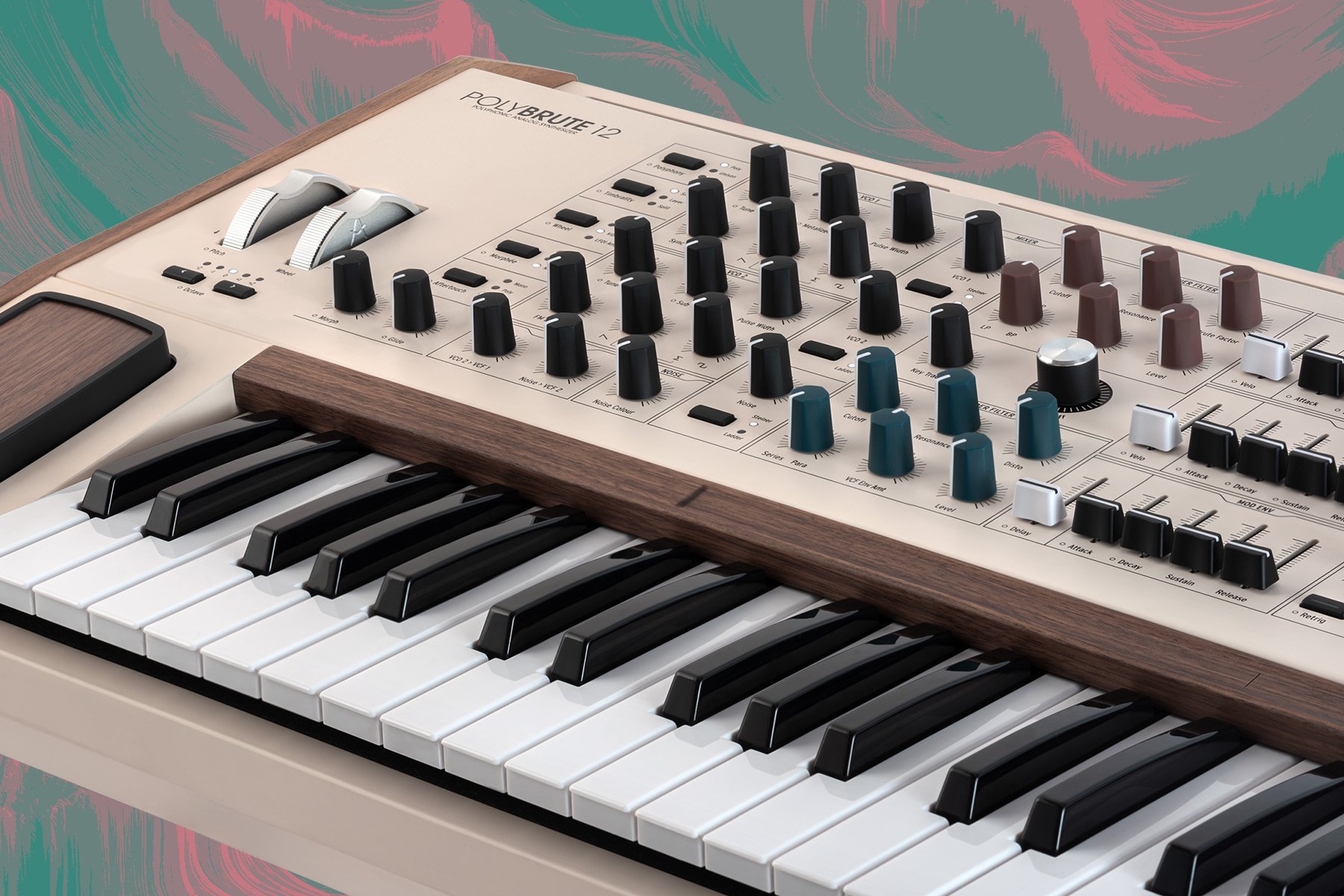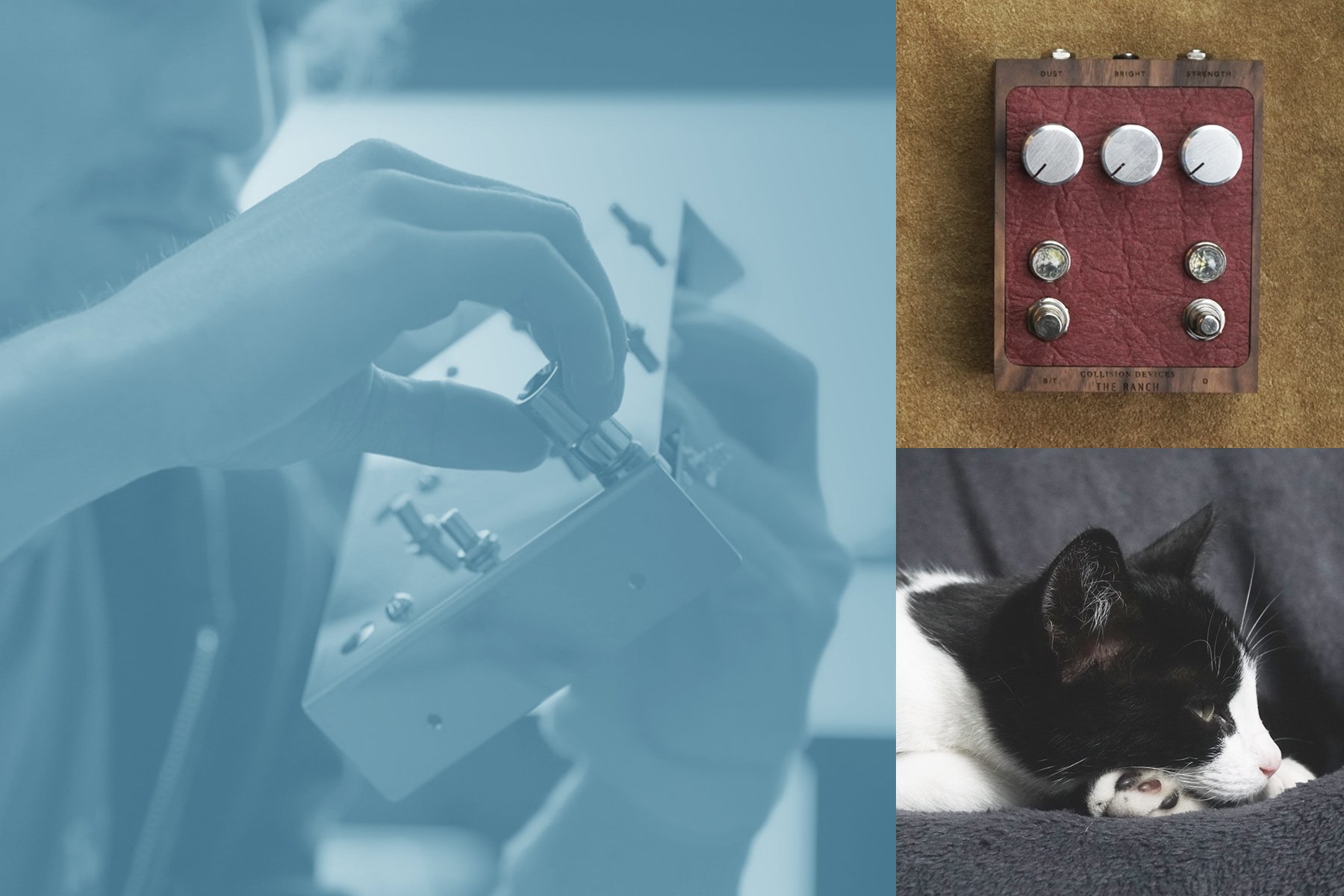Kodamo is a small synth company that has made a strong mark on the market with their Essence FM desktop module. They rocked the synth world with a lucious digital FM synth and they've come back with another digital synth: Mask1.
Using a proprietary form of digital synthesis called Bitmasking, the 61-key synth takes a minimal approach to interfacing with a maximal approach to the sound. But…what is bitmasking?
Bitmasking:101
If you are new to synthesis, or even if you are deep in it, you may still not have heard of bitmasking synthesis—and that is because this technology has not been implemented in such a way ever before. It's a simple concept, however, that is similar to wavefolding, rectifying, and other ways of mangling a simple waveform, but with a bit more precision.
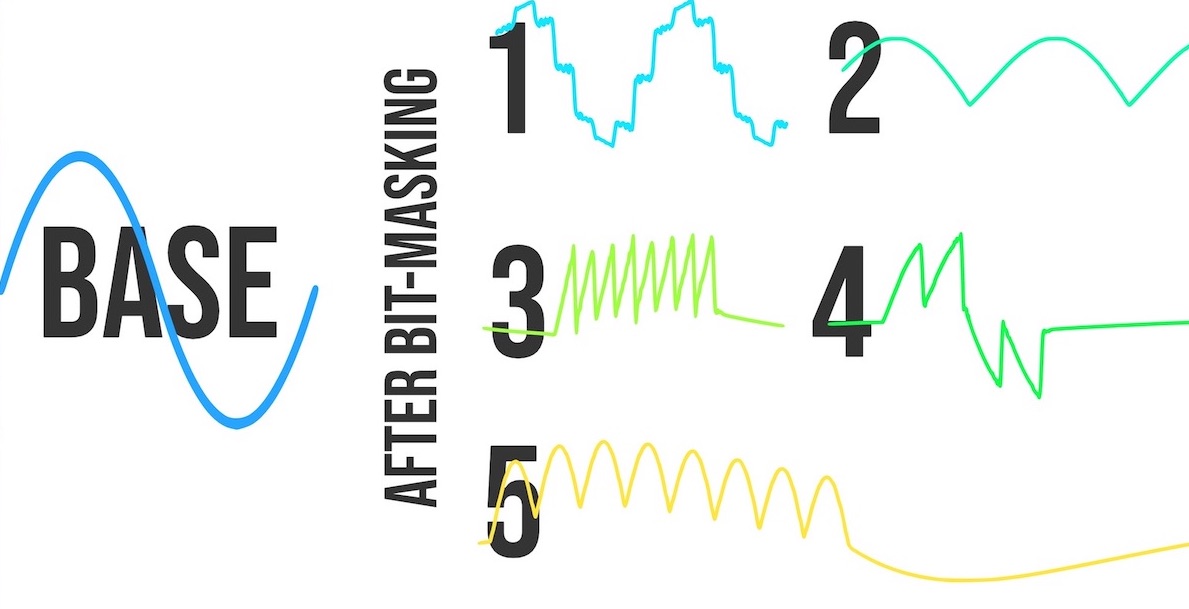
Similar to many FM synths, you start with a sine wave. However, you then break that sine wave into different sections, or "bits," wherein each bit can be manipulated. In the case of Mask1, you can have up to 256 bits per waveform. With that type of resolution, just about any waveform imaginable is possible; and you can can easily get into warm, analog-ish territory but with a special type of digital feel. Alternatively, you can also make abrasive, brash textures as well—turning Mask1 into a surprisingly versatile instrument given its minimal set of controls.
Esoteric synthesis aside, the Mask1 is just a gorgeous device that feels as good as it sounds. Unlike certain digital synths of the '80s that have minimal interfaces and are impossible to program, the Mask1 keeps everything simple. What you see is what you get, without any menu diving. The signal flow is printed directly on the device so you can easily experiment. Using the parameter buttons in conjunction with the Value knob gives you a world of control that's easy to program.
Vintage Sound + Modern Features
While the approach to Bitmasking synthesis is unique to the Mask1, the idea of manipulating data in order to create something unique is not. Glitch art that manipulates hex data, Lorre-Mill's Double Knot sequencer, and Xoac's Leibniz Binary Subsystem all adjust data bits to create unique creative options. Where Mask1 differs is that it gives you direct bit-access to slices of the waveform. In a way, this is similar to other types of waveform manipulation, like FM, PWM, or wavefolding, where you are capable of directly mangling a basic wave shape. Where it differs is the resolution and intricacy you can attain to create sounds that might be similar, might be familiar, but offers options that no other synth can.
Mask1 features 10 voices, with two bitmask oscillators per voice, with selection of 256 bitmasks each (for an insane level of sonic customization). Oscillators may be transposed and detuned for classic stacked oscillator-type effects. Each voice also features a noise source, with programmable sample and hold frequency—great for high-resolution or gritty digital tones.
Each voice has one two-pole, state-variable, 12dB/oct filter with resonance and pitch tracking; available filter modes are low pass, high pass, band pass, and notch. It includes four looping ADSRs for each voice, dedicated to osc1, osc2, noise, and the filter. Additionally, you get three "delta-decay" envelopes, for osc1 mask, osc2 mask, and pitch, respectively.
Mask1 is multi-timbral, with four distinct parts and the capability of splits and layers. Each multitimbral part has two LFOs with seven waveforms and 16 destinations. Additionally, you get modulation options via velocity, mod wheel, and aftertouch.
Care has also been given to ensure the keyboard playing experience can take you into new directions. The sophisticated arpeggiator and event looper make it possible to easily create flurries of notes and animated gestures, while the various "play modes" give you a variety of monophonic, polyphonic, and hybrid behaviors…going far beyond the level of voice addressing control found on most instruments. You can create complex playing experiences that combine monophonic and polyphonic behavior, creating sounds not dissimilar to playing multiple notes in series on a single string. Combine these quirky allocation options with Mask1's distinct approach to synthesis, and you have an instrument with an entirely unique playing experience.
You aren't just limited to the fancy synthesis engine as a feature, but you get a whole host of great amenities. Of course full stereo output with a sustain pedal in, but you get full size MIDI I/O along with USB, that features CC-mapped voice parameters. The built-in looper records MIDI articulations and can hold up to 10,000 events—makes this an impressive live device.
Stunning. Centerpiece.
There are tons of options when it comes to a fixture in your studio or a centerpiece to build around, however, the Mask 1 offers sounds and functionality that are unique and simply sound great. With an elegant keybed thanks to the weighted Fatar mechanics, this can be a sonic signature, as well as a comfortable MIDI controller.
Kodamo is a young company, and has just a couple of products on the market…but their attention to detail and focus on creating unique, modern instruments keeps our interest piqued.

